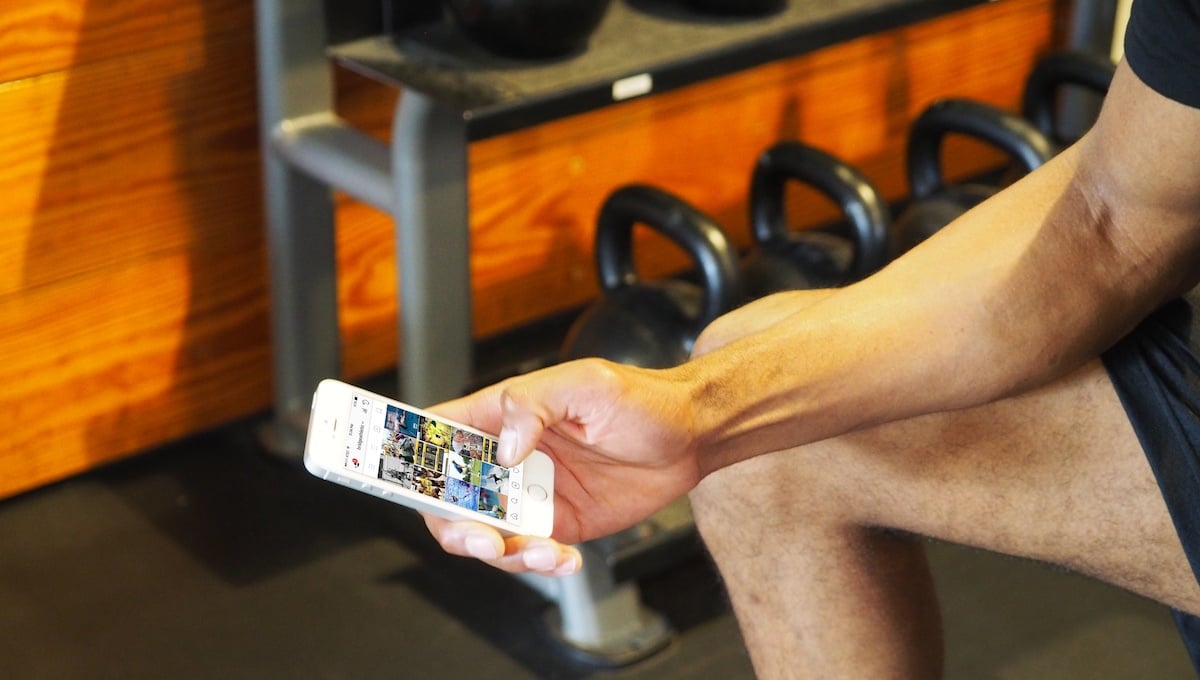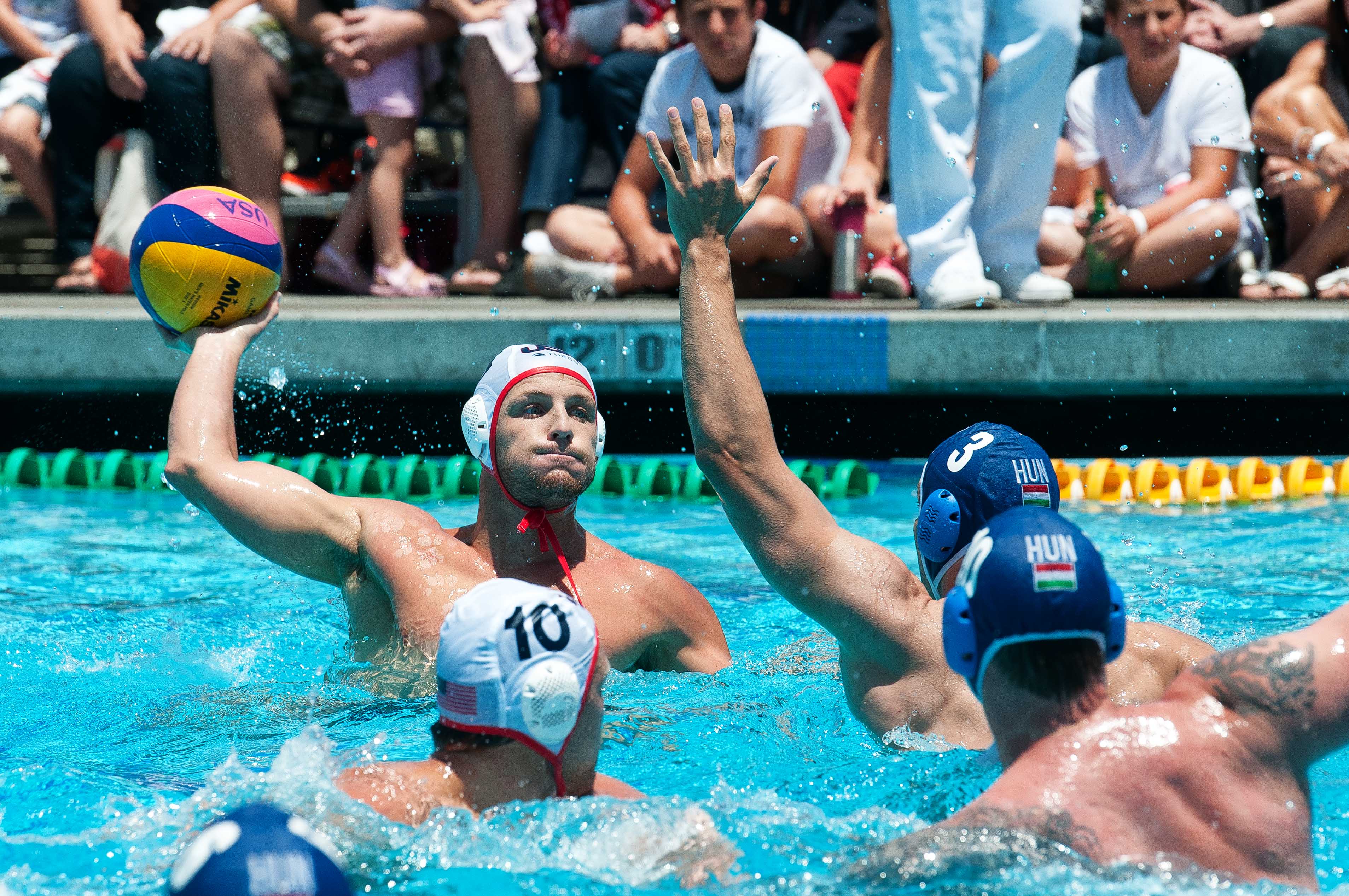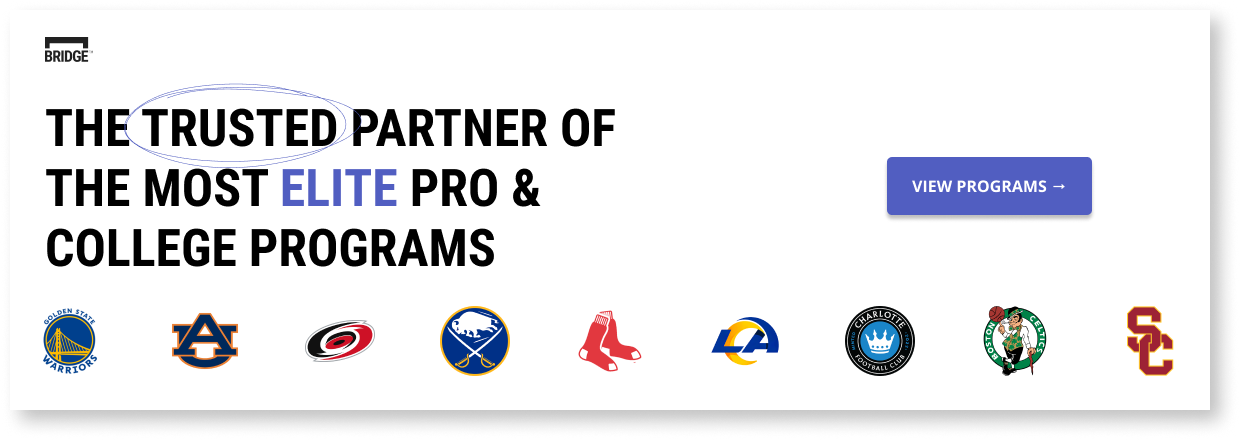Water Polo Leg Strength Progression
There are many different elements that strength coaches must consider when designing water polo and position-specific strength programs. Whether players are just beginning to build strength or are well-developed professionals, the most effective strength and conditioning programs implement progressions. In water polo specifically, players in all positions must have strong legs in order to rapidly propel themselves, and leg strength is crucial for staying ahead of the game, building power, and achieving success in the pool.
Progressions in Strength Training
When water polo players begin strength training, they must systematically progress through a series of exercises that appropriately build up strength. Starting with the most fundamental patterns of motion, players must master the basic mechanics and muscle patterns before they can advance to loaded exercises and more complex movements.
A large component of strength training is having proper technique. This not only prevents injury, it also ensures that the correct muscle groups are being used accurately. A general preparatory phase should improve not only technique, but also general strength and stability. An emphasis on developing core stability, balance, and proprioception (i.e. awareness of one’s body in space) will improve all patterns of movement. Progressing steadily from body weight, to loaded exercises, and continuing to increase weight while maintaining good form will build strength as muscle groups respond and adapt to the stimulus of lifting more weight.
At first, a particular exercise may be difficult but when muscles are signaled to resist a force, they respond by creating more muscle tissue and improving the force of each contraction. Once this occurs, the same exercise is no longer challenging for a player. In this case, they must find the balance between adding weight to challenge themselves and maintaining flawless technique. Eventually, players will progress to more complex, whole-body exercises.
Water Polo-Specific Progressions
Once the basics are well practiced, water polo players can use sets of progression drills to improve the skills that are already in place. For example, a progression for gaining leg strength may begin with wall sits and body weight squats, before advancing to medicine ball squats, goblet squats, and back squats, which include the addition of more weight.
Movements that integrate various muscle groups should be rehearsed without weight first, and progressively add weight as players move into heavier sets. Below is a list of progression drills proven to help players master the framework of building leg strength to increase performance in the pool.
Stage 1: Wall Sit
The first exercise in this progression provides water polo players with a baseline test. Wall sits are designed to work players’ quadriceps, while their knees are kept shoulder-width apart. Players should focus on maintaining a solid 90-degree angle with their quads and shins. Once in position, players should begin by holding it for a minute. As leg strength increases overtime, the duration of the exercise will too. Since this is the first stage, it is important for players to be aware of their body position so correct muscle memory can form for future exercises.
Stage 2: Body Weight Squat
The body weight squat takes the wall sit to the next level. Using the mechanics of the wall sit position, the goal of this movement is to increase quad strength with the repetitive squat motion. Athletes should ensure their quads and shins continue to form a 90-degree angle, and have their knees stay behind their toes when squatting. An important aspect of the progression in this stage is the extended arm position, which will help prepare players for the more difficult exercises.
Stage 3: Medicine Ball Squat
Using the same mechanics of the body weight squat, medicine ball squats will increase the difficulty of the exercise and help players build strength, power, and explosiveness in the pool. Players should use a properly weighted medicine ball, and add more weight as their experience and strength level increases.
Stage 4: DB Front Squat
The DB front squat is the next exercise in this progression series. Similar to the medicine ball squat, the DB front squat incorporates more weight and controlled movements. Players should use the appropriate amount of weight for their strength level, and, again, increase their weight overtime with experience. Players must focus on keeping the dumbbells high on their shoulders, their elbows lifted and parallel to the floor, and their pinkies pointed upwards.
Stage 5: Back Squat
The final stage in this series is the back squat, which combines all the movements practiced throughout the exercise progression. When completing this exercise, players must remember to keep their legs shoulder width apart, keep a 90-degree angle when squatting, and hold their back flat. This movement should be slow and controlled on the way down, have a slight pause at the bottom, and quickly explode up.
Recap
Designing a strength program with progressions is necessary for water polo players to continue to develop leg strength and decrease risk of injury. Once a framework is put into place and correct movement execution is enforced, a player’s focus can be directed towards strength. Developing leg strength with progression exercises will keep water polo players ahead of their opponents and set them up for success in the pool.
About the Author

At Bridge, we are all athletes and coaches first. As athletes, our team has experienced everything from riding the pine on JV, to winning NCAA championships, to competing in the Olympic Games. As coaches, we have helped countless athletes reach their full potential, winning everything from age group section championships to Olympic Gold Medals.
Related Posts

Beating Jet Lag and Nutrition on the...
It is important for athletes to understand how travel during the competition season affects their...

Can Social Media Provide a Competitive...
There are endless forms of technology in today’s tech-savvy world, and social media, in particular,...

Water Polo Leg Strength Progression
There are many different elements that strength coaches must consider when designing water polo and...

